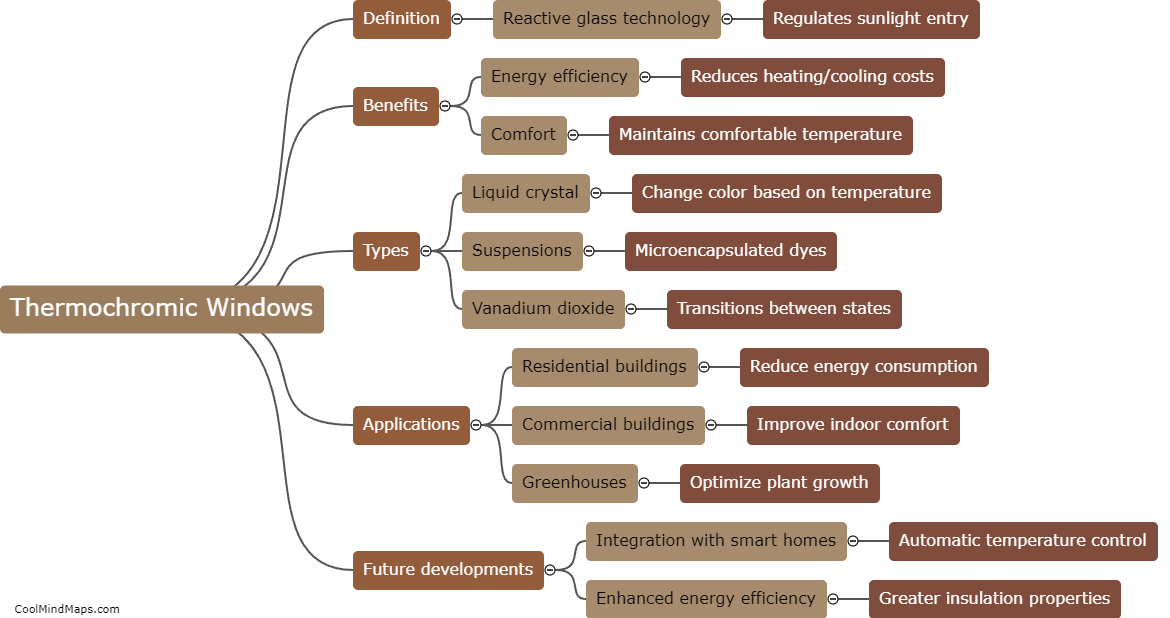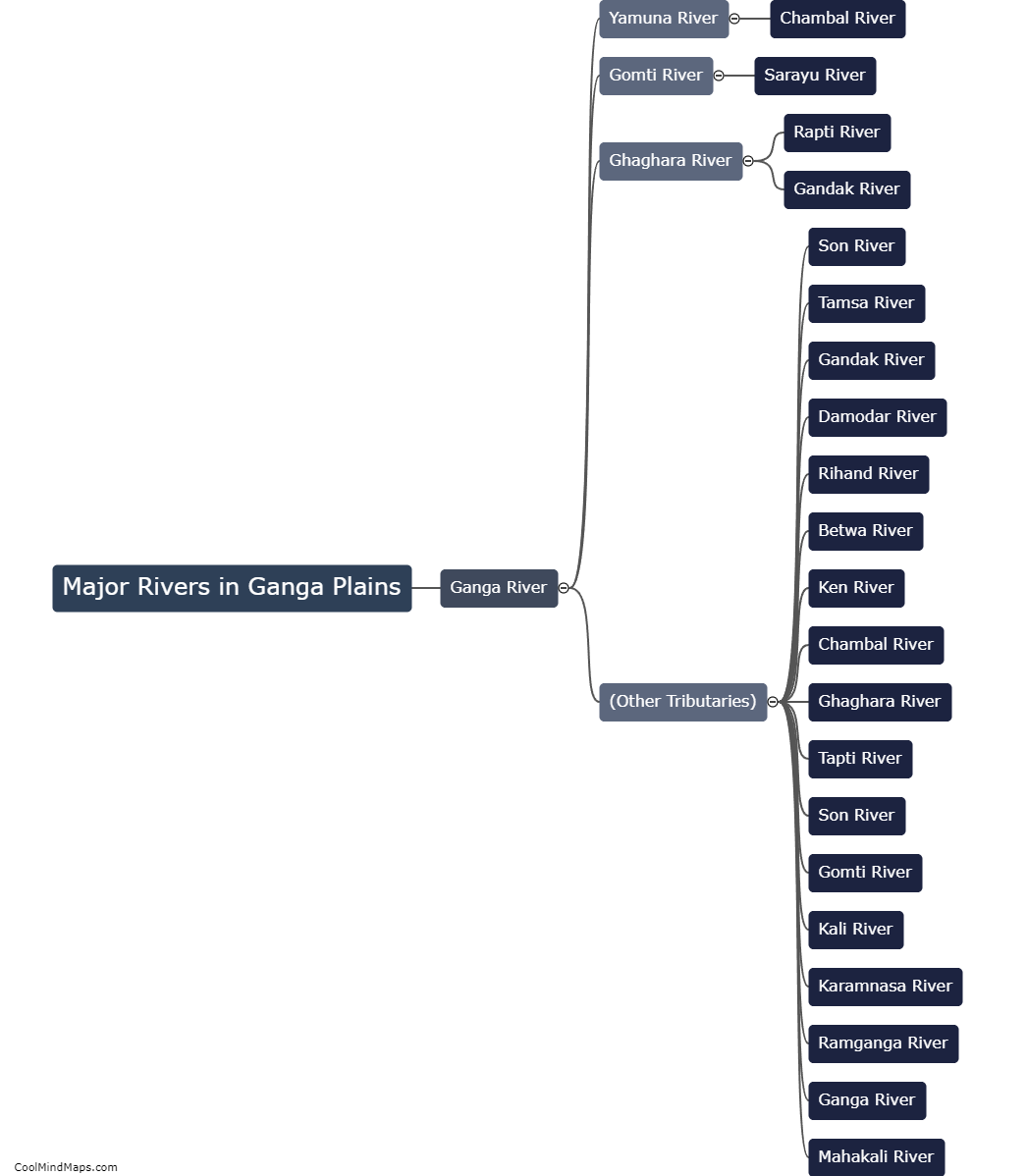What are the key features of the Indian Northern Plains?
The Indian Northern Plains, also known as the Indo-Gangetic Plains, are a vast and fertile region located in northern India. These plains are characterized by several key features. Firstly, they span across a significant portion of the country, stretching from the foothills of the Himalayas in the north to the Deccan Plateau in the south. Secondly, the region is home to several of India's major rivers, including the Ganges, Brahmaputra, and Yamuna, which provide a constant water source for irrigation and agriculture. Thirdly, the plains have extremely fertile soil due to the deposition of alluvial sediments brought by the rivers, making it one of the most agriculturally productive areas in the country. The flat topography of the plains also facilitates easy transportation and communication, contributing to the region's economic development. Overall, the key features of the Indian Northern Plains are their vast expanse, fertile soil, abundant water supply, and favorable topography, which have shaped the region's agricultural, social, and economic significance.

This mind map was published on 1 February 2024 and has been viewed 80 times.











